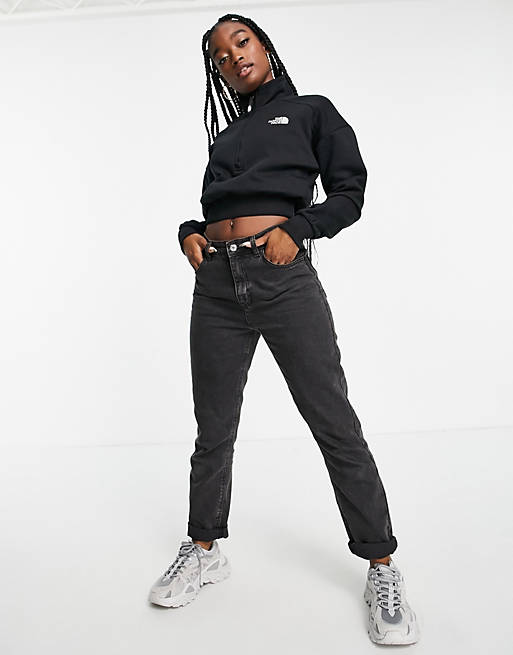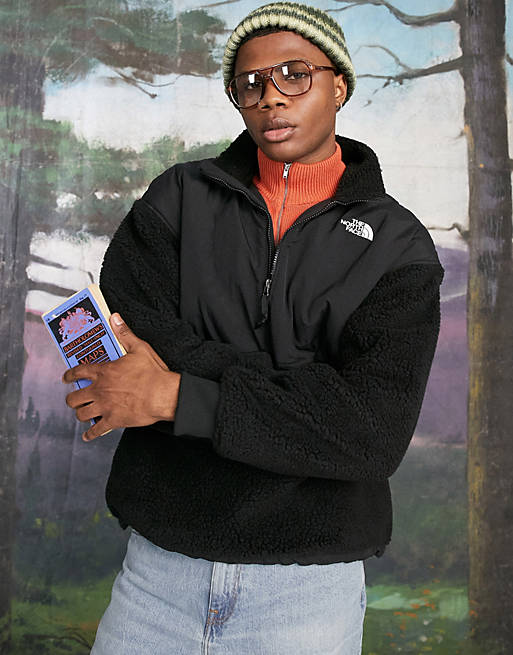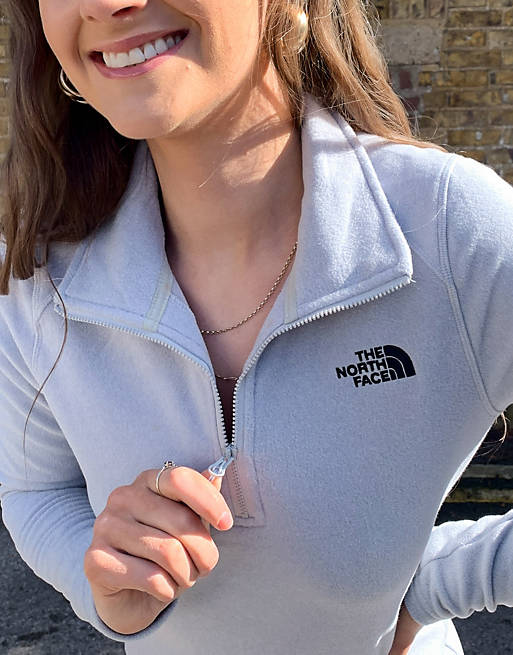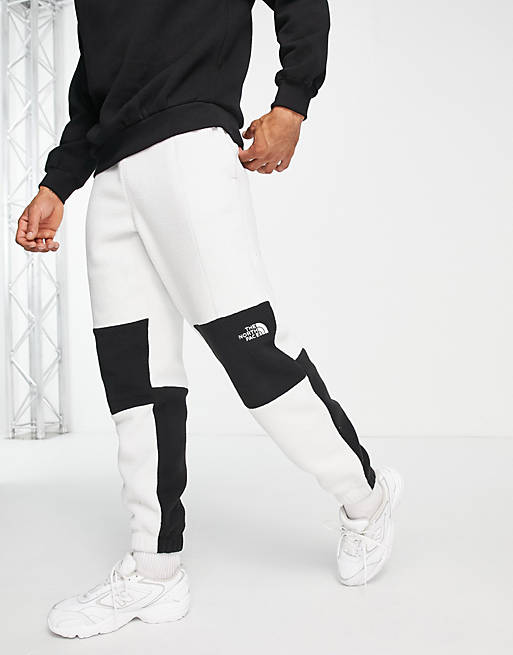
Exclusivité ASOS - The North Face - Glacier - Polaire oversize à imprimé fleuri et col zippé - Vert | ASOS

Exclusivité ASOS - The North Face - Polaire courte à col zippé en imitation peau de mouton - Crème | ASOS

The North Face - Exclusivité ASOS - Veste à fermeture éclair en polaire et isolation synthétique - Noir et gris | ASOS

Exclusivité ASOS - The North Face - Polaire courte à col zippé en imitation peau de mouton - Rose | ASOS

Exclusivité ASOS - The North Face - Glacier - Polaire courte à col zippé avec logo sur l'encolure - Kaki | ASOS
























